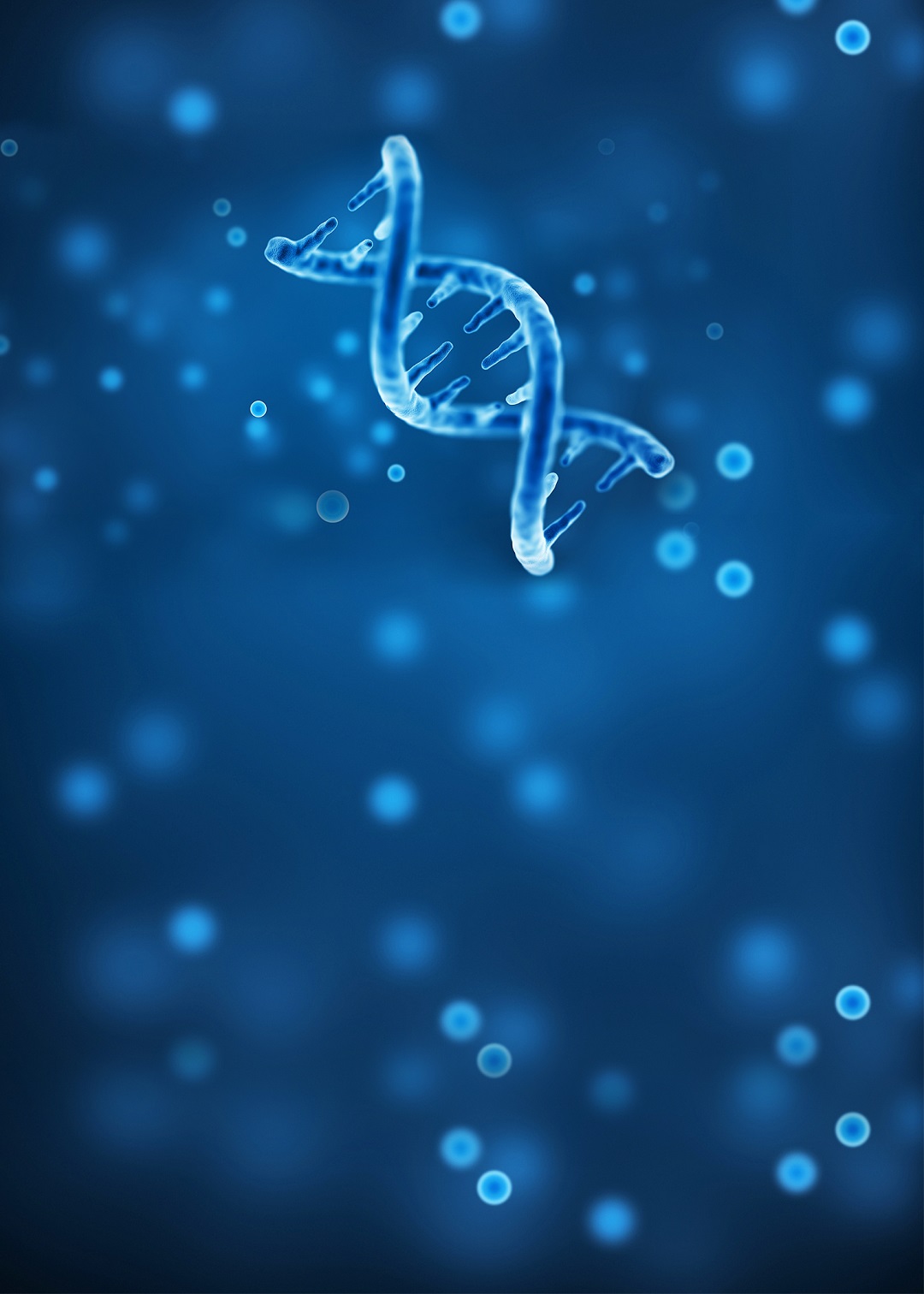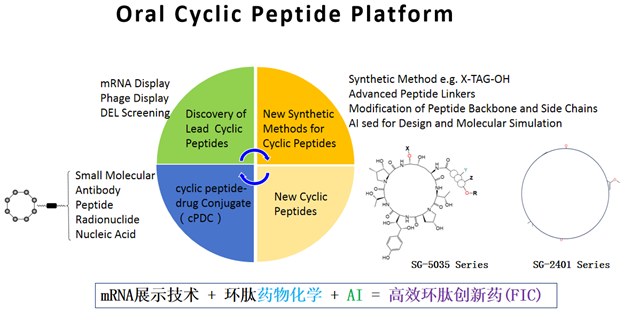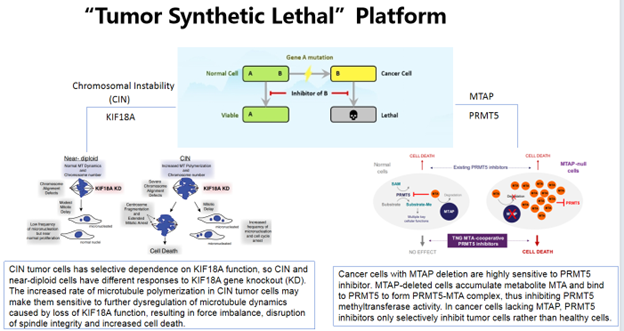
Pharmaceutical Development
Chemical synthesis is currently the most widely used method for developing anticancer drugs.
By analyzing, improving, and synthesizing the structure of the compound, a more effective anti-cancer drug is ultimately obtained.
It can be divided into two methods: chemical modification based on existing drugs and finding active ingredients from natural substances.






